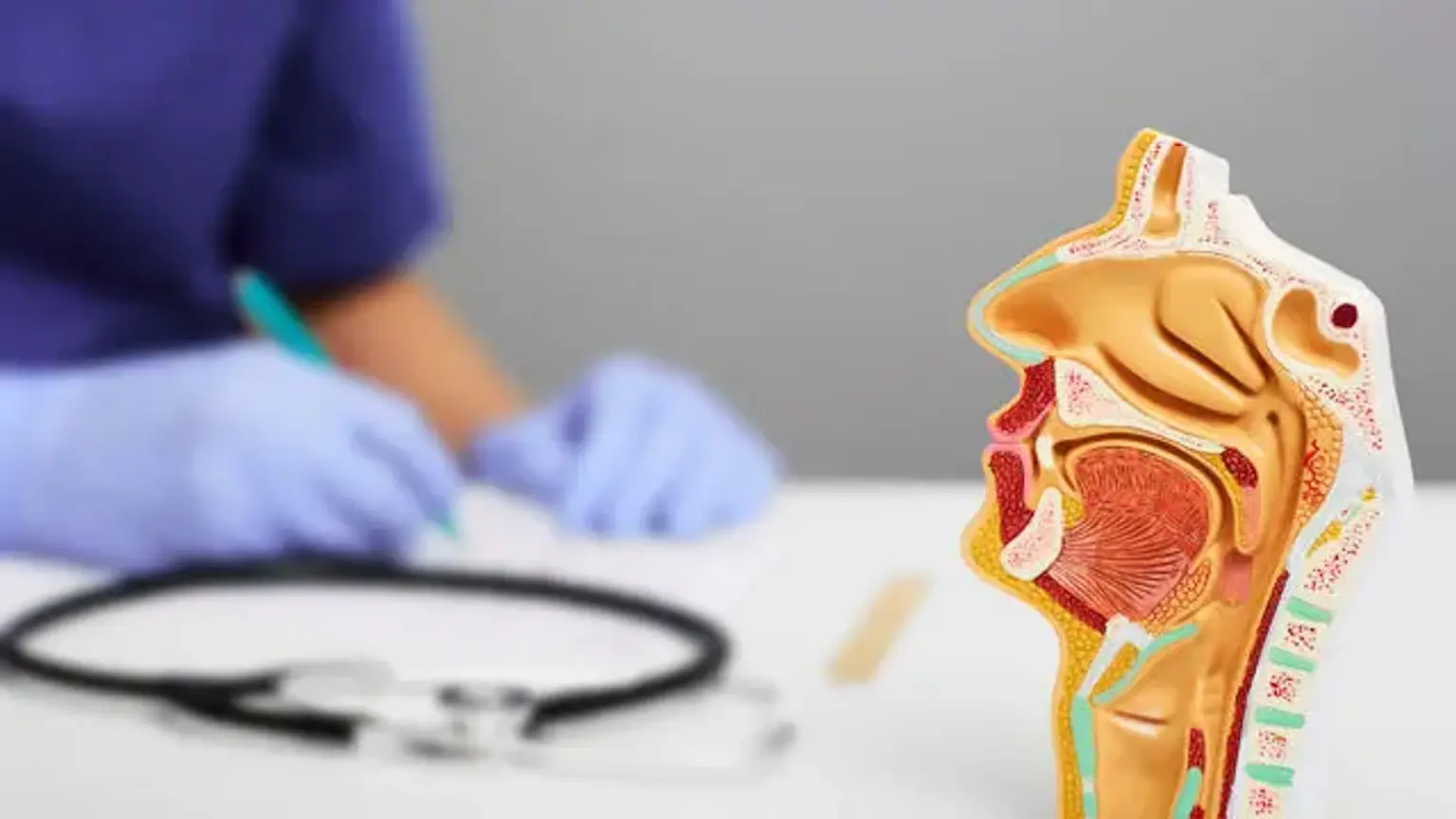Introduction
Understanding Laryngeal Disorders: A Key to Better Voice Health
The larynx, commonly known as the voice box, is a vital organ responsible for voice production. It contains the vocal cords, which vibrate to produce sound when air passes through them. Laryngeal disorders are conditions that affect the function of the larynx, leading to various voice problems such as hoarseness, difficulty speaking, or complete voice loss.
Laryngeal disorders can arise from various causes, including infections, trauma, reflux, or even cancer. Treatment of these disorders is essential for restoring voice function, improving quality of life, and preventing further complications. If left untreated, some laryngeal conditions can worsen over time, affecting speech and overall health.
In this article, we will explore common types of laryngeal disorders, the diagnostic process, and various treatment options available today. Whether you're experiencing hoarseness or have concerns about a voice disorder, understanding the treatment options is the first step in regaining your voice health.
Treatment Approaches for Laryngeal Disorders
Voice Therapy: Restoring Your Voice Without Surgery
Voice therapy is often the first line of treatment for laryngeal disorders, especially for conditions like hoarseness or vocal cord dysfunction. This non-invasive approach is designed to help individuals strengthen their vocal cords, improve vocal techniques, and reduce strain.
A speech therapist specializing in voice disorders can work with patients on proper breathing techniques, vocal warm-ups, and exercises to improve vocal cord closure. Voice therapy is particularly effective for vocal cord paralysis, chronic hoarseness, and dysphonia.
